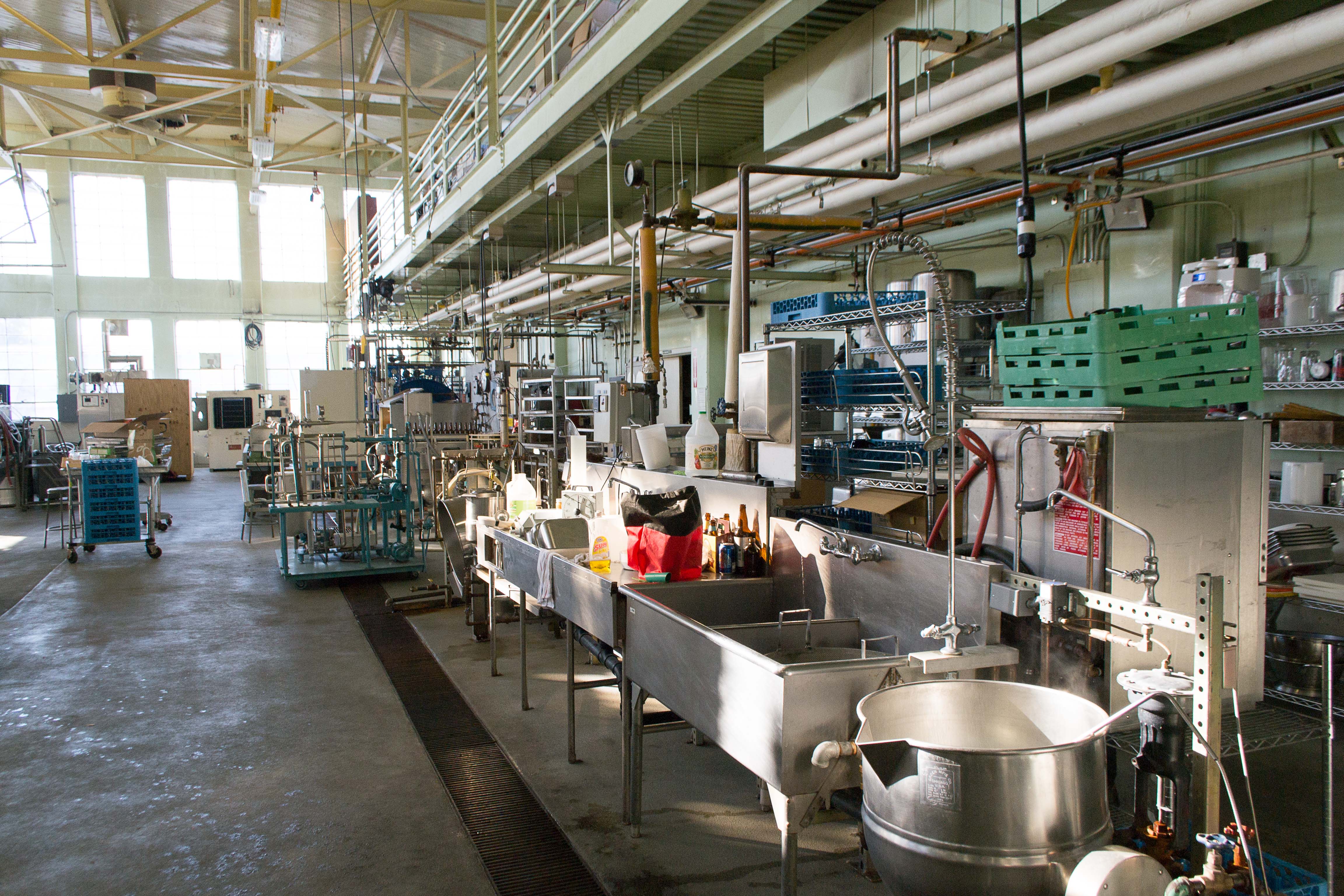
Photo from academic.microsoft.com
ABSTRACT A set of protein-stabilised emulsions at pH 7.0, pH 6.0, and pH 5.0, and their counterpart surfactant emulsions, was designed with near-identical droplet size distribution and phase volume to… Click to show full abstract
ABSTRACT A set of protein-stabilised emulsions at pH 7.0, pH 6.0, and pH 5.0, and their counterpart surfactant emulsions, was designed with near-identical droplet size distribution and phase volume to study the specific contribution of hydrodynamic and pair potential interactions to the interfacial mechanisms of these emulsions systems. In this way, further the interfacial layer of these creaming emulsions to enhance perceived fat content could be manipulated. Creaming behaviour, surface shear, and bulk rheological measurements were performed. This work reflects the great importance of local pair potential in the formation of a highly viscoelastic interfacial film, which could be manipulated changing the surface charge of the protein to develop a well-packed cream layer in the protein-stabilised emulsions.
Journal Title: International Journal of Food Properties
Year Published: 2018
Link to full text (if available)
Share on Social Media: Sign Up to like & get
recommendations!